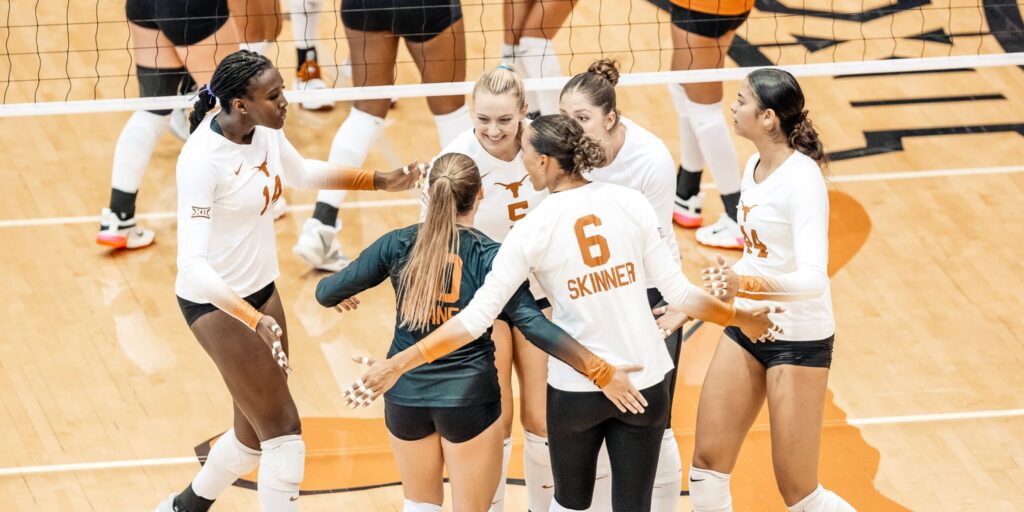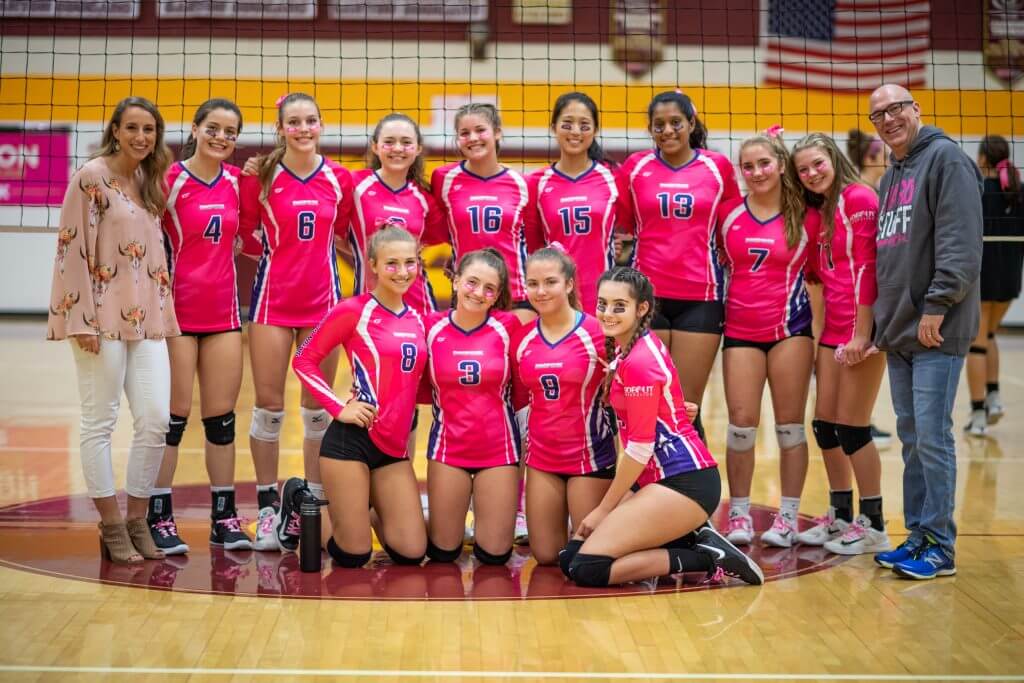Friday afternoon we had a new athlete in. He’s 9 years old and a rock star. Seriously, he’s one of the most teachable young athletes I’ve worked with. One of our new interns was tasked to walk him through his warm-up and workout (with my oversight). Intern did a decent job, for his first time coaching.
A few days before I gave an in-service on coaching the deadlift and squat. Since most new athletes learn to squat on Day 1, I was excited to see what my eager Intern had retained.
I will replay the conversation as best I can:
Intern: Ok, we’re going to squat to this box. I want you to push back your butt, turn out your toes a little, try not to pick up your toes, but it’s ok if
they come up a little bit. I want you to lean forward, but not too much, and try to keep your knees out. The most important thing I want you to do is push your butt back, ok? (Intern looks at Athlete with a hopeful and eager expression) Do you know what you need to do?
What happened? Intern gave Athlete all the information he needed to execute a perfect squat.
Intern gave Athlete Excessive information
One of the points I made during the coaching in-service was to avoid over-cuing. Providing too much information to someone, particularly someone learning a new skill, will lead to system overload and, usually, a poorly executed movement.
As coaches (or teachers of anything really) we must remember that while we know all the major points and nuances of an exercise, our trainees do not. It’s even more pronounced in brand-new lifters. General lifting habits such as hinging from the hips, chest up, tight mid-section etc. are not automatic so they have to consciously think about those things along with the new movement itself. The same can be said when coaching new volleyball skills. As coaches, you all know the general stuff, for example, your exact approach steps or how to rotate your body towards the setter. Most new athletes still have to think about all those things and it doesn’t leave much room to retain newer skills.
I, too, crashed-and-burned when I first started coaching. There were just so many things that my clients needed to know when it came to learning a new exercise, that I felt I couldn’t leave anything out. I quickly learned that by cuing only one or two major points (i.e. the most important), clients a) learned the movement more quickly, and b) they didn’t stare at me as if I had sprouted antennae out of my head.
Coaches: Throwing out a dozen cues and commands will only frustrate and confuse your athlete and the movement deteriorates to the level of “poop” rapidly. Highlight the one or two most useful points and then let the athlete/client try to perform the movement. Once a client masters the big things, then you can move on to fixing/cuing the smaller things.
Mike Robertson, another strength and conditioning coach, recently had a fantastic article on cuing the squat and deadlift HERE. It’s the epitome of minimalist coaching.
Coaches and teachers of any sort will do well to remember that “less is more” when it comes to teaching new skills and hold back on excessive information!






